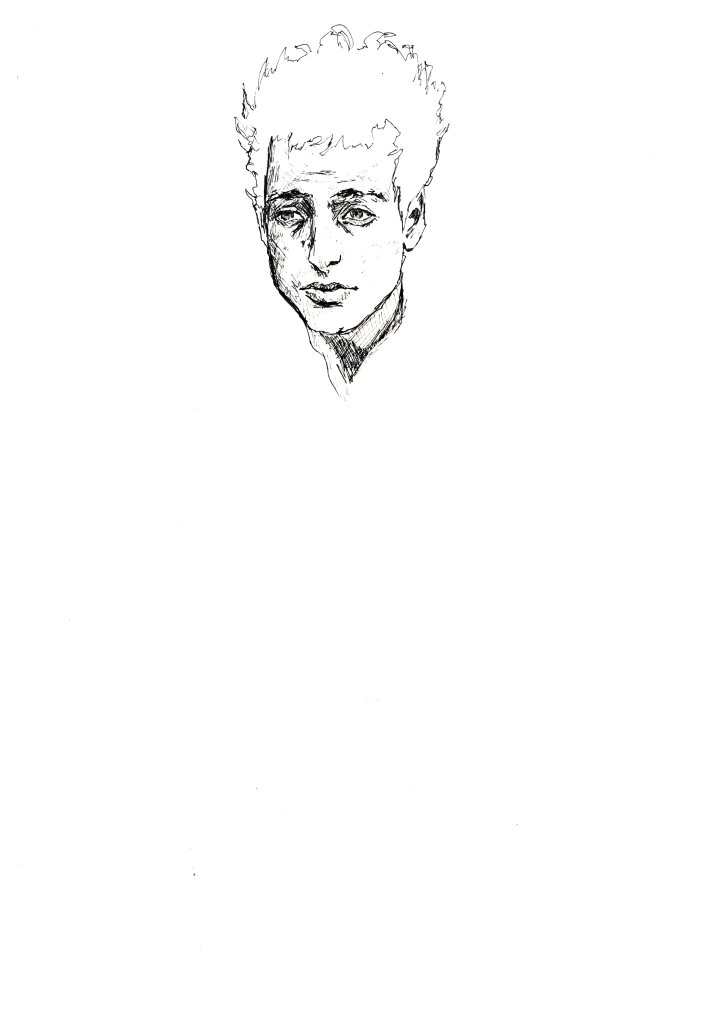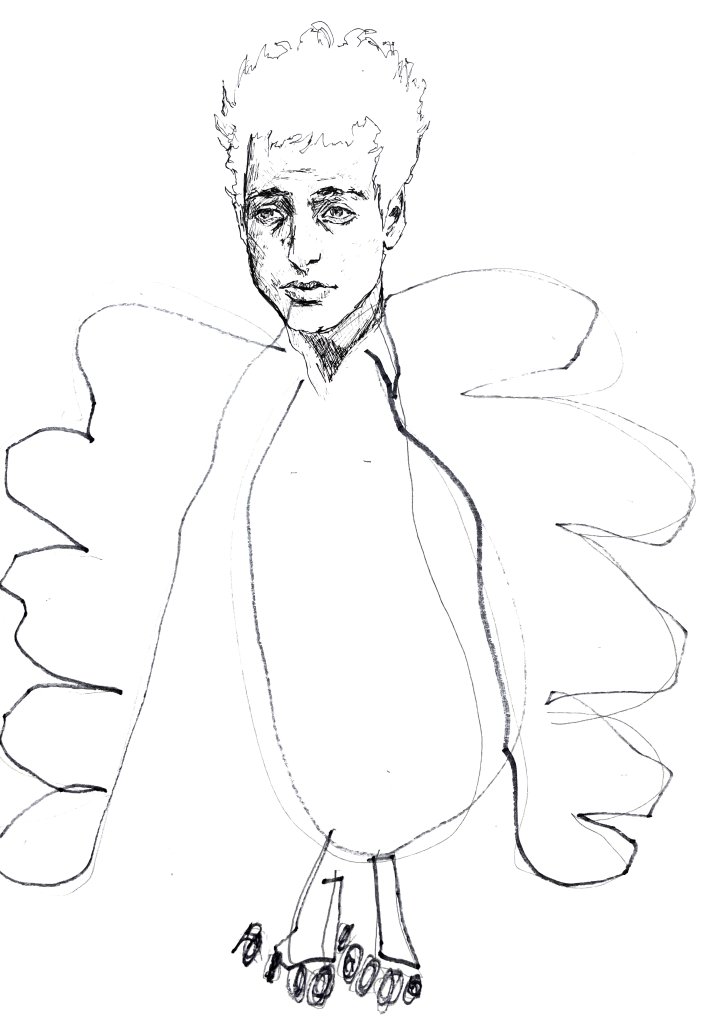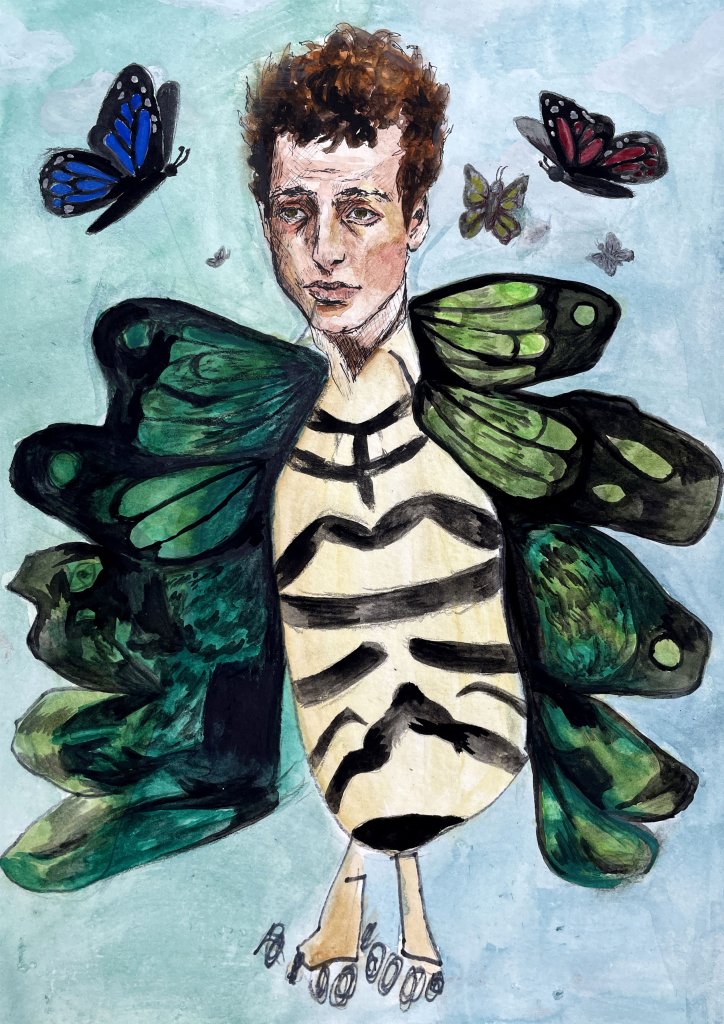Bringing High School Students and Kindergartners Together to Make Art
A look at how teachers can have students collaborate across grades on an art project that promotes creativity and teamwork.
Your content has been saved!
Go to My Saved Content.What happens when high school students and kindergartners collaborate? Art. Innovation. Growth. And so much more.
Inspired by illustrator Mica Angela Hendricks’s collaborations with her 4-year-old daughter—in which Hendricks would begin by drawing a portrait and then have her daughter add to it—I formalized the concept into an inter-grade art lesson. It’s a replicable, three-stage project based on vertical collaboration. This model bridges the creative and social gap between students, weaving together technical skill and imagination through methods based in social and emotional learning (SEL).
It operates by passing a structured project back and forth, compelling older students to engage with empathy, relationship maintenance, and responsible decision-making. Simultaneously, it empowers younger students, giving them significant creative autonomy through their own responsible choices. By breaking down the separation between age groups, cross-grade collaborations cultivate essential skills in ways that isolated classrooms typically can’t.
In this article, I’ll provide a flexible framework for vertical collaboration—a blueprint that teachers can adapt for their own cross-grade collaborations.
Setting up the partnership
Successful vertical collaboration begins with clear communication and a sound logistical plan. Here are the foundational steps.
Find a partner: Reach out to a teacher in a different grade level—the wider the imaginative and technical gap, the better. Schedule a brief (15-minute) meeting to align on timelines, expectations, and necessary materials. Emphasize that this is a low-stakes, SEL-focused exercise, requiring minimal prep on their end.
Match and label: Match your students one-to-one. Ensure that every piece of work is clearly labeled with the student’s full name, grade, and class. (If class sizes are unequal, the older students can create more than one work.)
Decide on transport: For physical items like art, a simple (and appropriately sized) portfolio or box is sufficient. Establish specific dates for drop-off and pickup. For other types of projects (like collaborative writing), a shared digital platform might work best.
Timeline: The total collaboration time is approximately three to four weeks, depending on when each class can make time for the work. The more senior class will need two or three instructional periods, while the younger class typically requires only a single 40-minute period.
Tip: Document the process, capturing both younger and older students doing the work. It’s also helpful for the younger student (or their teacher) to write a brief, one-sentence description on the back of any artwork that’s abstract or difficult to interpret.
The 3-Stage Vertical Collaboration Blueprint
This project moves the work back and forth between classes (in this case, high school and kindergarten art classes) in three distinct, sequential stages.
Stage 1: Technical foundation (high school focus)

Time allotment: One class period (approximately 60 minutes).
Task: Older students create a detailed, realistic portrait in pen, focusing on technical skill (accurate proportion, value, and shading). Crucially, they must leave significant open space around their portrait for their junior partner to use.
Lesson: Social awareness. As they work, remind students to respect the creative process and the work of others. Explain that their work will be altered and that they should be prepared to adapt to this change as part of a collaborative process. Frame this as an opportunity to practice compromise, flexibility, and perspective-taking. This sets the mental stage for the empathy-driven work to come.
Outcome: A refined portrait designed to contrast sharply with the next stage.
Stage 2: Unleashing creativity (elementary school focus)

Time allotment: One class period (approximately 40 minutes).
Task: High school portraits are passed to the kindergarten students. The younger students have full autonomy to add to the pieces, starting with a pencil drawing, then tracing their lines with a black marker. The only key instruction is to avoid drawing on the face.
Lesson: Uninhibited imagination. This stage celebrates divergent thinking. Younger students are given the freedom to reimagine and alter the work of older peers. For instance, a serious portrait might be transformed with an animal body, wildly patterned clothing, or a fantastical atmosphere.
Outcome: The visual juxtaposition of technical precision and playfulness.
Stage 3: Unification and empathy (high school focus)
Time allotment: Two class periods (approximately 120 minutes).
Task: The high school students receive the transformed artwork. Their challenge is to use creative problem-solving to unify the two contrasting styles. They should honor their younger collaborator’s additions while applying color (watercolor is ideal) and value to create a sense of light, unity, and harmony across the entire piece.
Lesson: Empathy and compromise. The high school students’ primary goal is not to erase but to honor and elevate their partner’s contribution. To achieve a cohesive whole, this requires them to respectfully blend the two distinct styles, making responsible choices throughout the process.
Outcome: A finished product that feels like a single piece of art yet still clearly showcases the younger student’s original work.

Celebrate the Collaboration
The final step is for the older students to return the finished work to their junior partners. To maximize the impact, the project should culminate in a small exhibition in a common area. Public recognition of the student work boosts morale, reinforces learning, provides an important opportunity for mutual learning among students and teachers, and builds a strong sense of school community.
This three-stage model offers an accessible path to cross-grade collaboration. It nurtures essential social and emotional competencies like perspective-taking, flexibility, and responsible teamwork. By embracing this blueprint, educators can move beyond siloed grade levels to create powerful, cross-disciplinary learning experiences. Remember: Innovation begins with collaboration.
